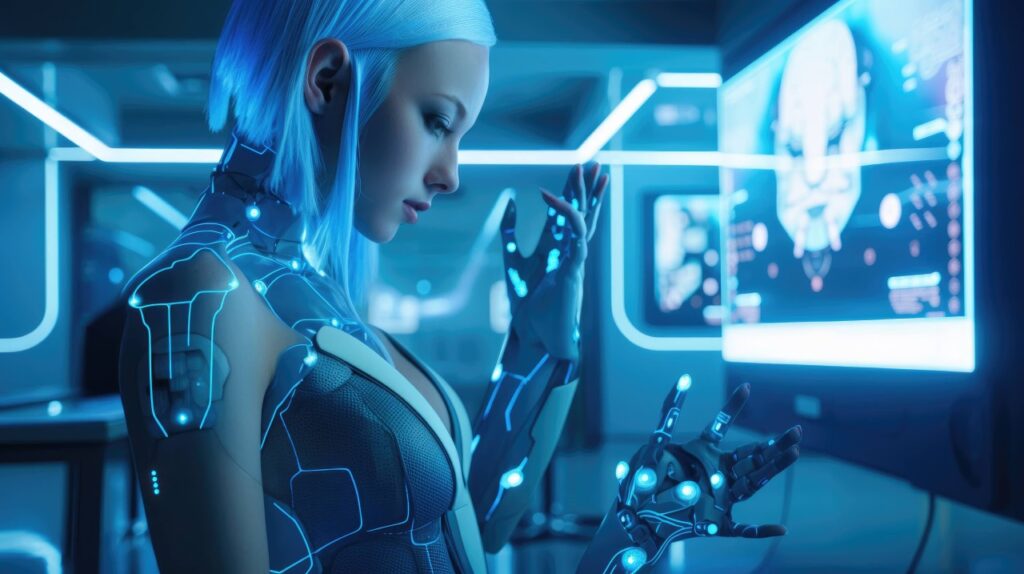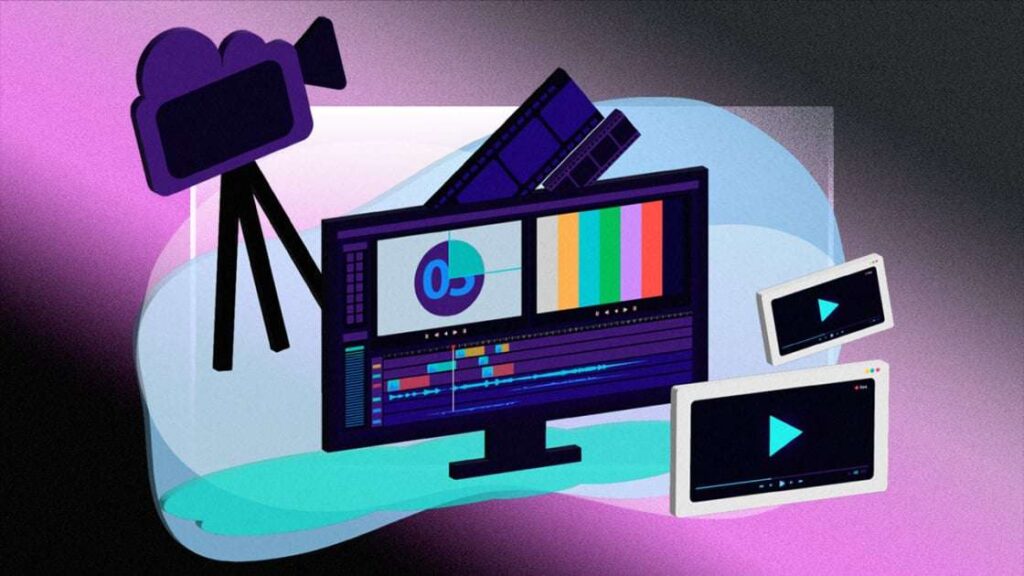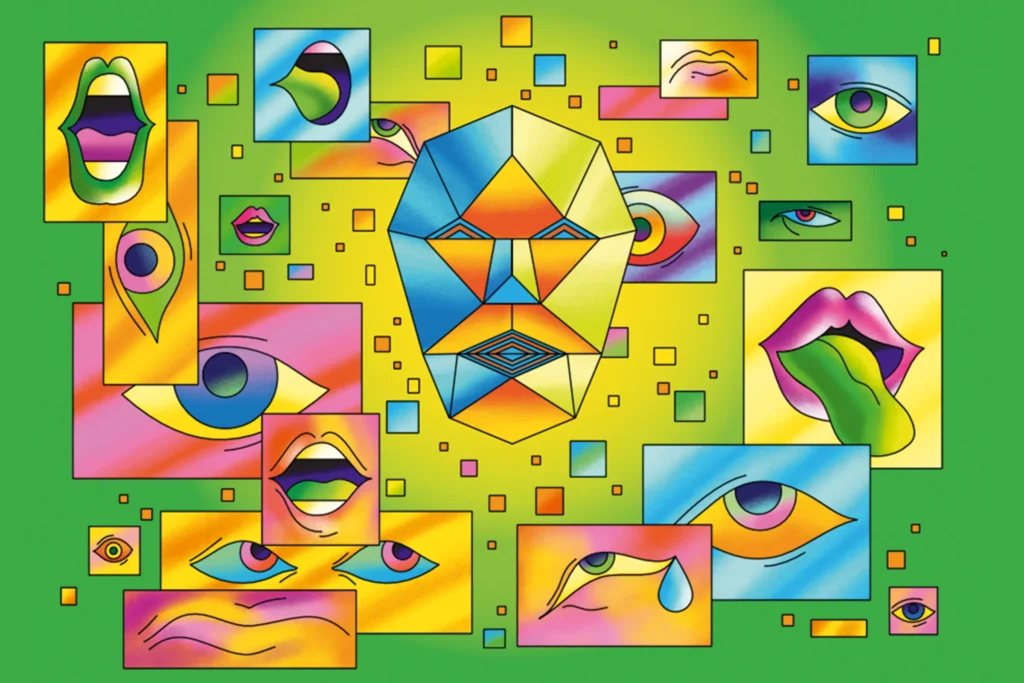Table of Contents
AI Video Model material is a powerful and interesting communication tool in the digital age. Video content is a vital communication medium used by marketers, content creators, and company owners to engage viewers.
Market Matrix
| Market Segment | Key Applications | Challenges | Opportunities |
| Consumer Video | Video editing, personalization, recommendation systems | Privacy concerns, technical limitations | Increased user engagement, personalized experiences |
| Professional Video Production | Automated editing, special effects, content creation | High costs, technical complexity | Efficiency gains, creative possibilities |
| Enterprise Video | Video analytics, surveillance, content management | Data privacy, ethical concerns | Improved decision-making, operational efficiency |
| Education | Personalized learning, interactive content, assessment | Technical limitations, cost | Enhanced student engagement, improved learning outcomes |
| Healthcare | Medical image analysis, surgical assistance, patient monitoring | Ethical concerns, data privacy | Improved diagnosis, treatment, and patient outcomes |
| Entertainment | Video game development, animation, special effects | Technical limitations, high costs | Enhanced visual experiences, new forms of entertainment |
| Marketing and Advertising | Targeted advertising, video analytics, content creation | Privacy concerns, ad blocking | Improved ROI, personalized campaigns |
AI Video Model

AI in video has revolutionized the way we create, consume, and interact with visual content. AI-powered algorithms can now analyze, understand, and generate video content with remarkable accuracy. From automatic video editing and captioning to personalized recommendations and content creation, AI is transforming the entire video industry.
Important uses of AI in video are as follows:
Video editing made easier with AI: AI can recognize important moments, transitions, and pacing automatically.
material Generation: AI-driven systems are able to produce fresh video material, including video summaries or tailored suggestions, based on data that is already available.
Video analytics: AI is capable of analyzing video footage to glean insightful information about things like people, objects, and emotions.
Video Enhancement: Artificial intelligence can raise the quality of videos by boosting resolution, cutting down on noise, or stabilizing footage.
Accessibility: By producing captions, subtitles, or audio descriptions, artificial intelligence (AI) can improve the accessibility of videos for individuals with disabilities.
Here are seven strategies to improve your video content: from tailored videos to AI-supported real-time translations.
Particularized Suggestions
Particularized suggestions in AI video models refer to the ability of the model to provide tailored recommendations or predictions based on specific context or user preferences. This involves the model learning from vast amounts of data and using that knowledge to generate highly relevant and personalized outputs. For example, a video recommendation system might suggest videos based on a user’s viewing history, demographics, or even their current mood.
YouTube’s recommendation system is one illustration of this. In order to keep users on the site and let them watch more content, YouTube’s algorithm looks at their watching history and searches for other videos that might be interesting to them. Additionally, have a look at this resource for assistance with YouTube video optimization!
Automatic Video Editing

Using AI algorithms to analyze and edit video content without human interaction is known as automatic video editing in AI video models. Content creators can save time and streamline the editing process by using these models, which can automatically recognize important sequences, transitions, and pacing. AI can recommend edits, add effects, and optimize the overall structure of a video by comprehending its visual and auditory components. This allows for the creation of professional and captivating videos.
Producing material fast and avoiding time wastage is possible when using AI-supported video editing tools. AI-powered tools provide a layout that is consistent with the brand identity. Those with little experience with video editing also find it easier to use.
Adaptive Content Creation
AI video models involve dynamically adjusting video content based on real-time factors such as user preferences, demographics, and behavior. By analyzing viewer data and context, AI algorithms can tailor video content to deliver a more personalized and engaging experience. This can include adjusting video length, pace, style, or even the specific scenes shown, ensuring that viewers are more likely to stay engaged and interested.
Through the provision of more pertinent and interesting content, adaptive content creation can give viewers a tailored experience. Real-time interactivity in video content increases the attention of viewers. Artificial intelligence also makes dynamic content creation more efficient by cutting down on manual applications.
Automated Translation and Title
Automated translation and titling in AI video models are essential features that enable effective communication across different languages and cultures. AI-powered algorithms can automatically translate video content into multiple languages, making it accessible to a wider audience. Additionally, AI can accurately generate titles for videos, providing concise and informative descriptions that help viewers understand the content. For real-time language translation, you can use tools like IBM Watson Language Translator and Google Cloud Speech-to-Text.
Emotional Evaluation

AI’s Emotional Assessment The topic of “video models,” which is expanding quickly, is devoted to creating algorithms that can precisely identify and decipher human emotions from video footage. These models analyze verbal cues, body language, and facial expressions to provide important insights about an individual’s emotional state. Applications of this technology can be found in marketing, healthcare, and human-computer interaction, among other fields.
Automatic Thumbnail creation
A potent use of AI in video models is automatic thumbnail generation. Artificial intelligence (AI) algorithms can automatically create visually appealing thumbnails that accurately capture the main themes or moments of a film by evaluating the video material. These thumbnails are essential for drawing in traffic and raising click-through rates. AI can help content creators save time and effort by automating the thumbnail production process, all while guaranteeing that their movies are presented in the most captivating way possible.
Enhanced Graphic Effects and Video Quality
AI video models have significantly improved the quality and visual appeal of video content. By leveraging advanced algorithms, these models can enhance graphic effects, reduce noise, and improve overall video quality. Techniques such as super-resolution, demonizing, and color grading can be applied to enhance visual details, reduce artefacts, and create more visually pleasing videos. AI-powered video editing tools also enable users to apply a wide range of creative effects and filters with ease.
Last Remarks
AI in video is a rapidly evolving field with immense potential to revolutionize the way we create, consume, and interact with visual content. As AI technology continues to advance, we can expect to see even more innovative applications and improvements in video quality and accessibility.